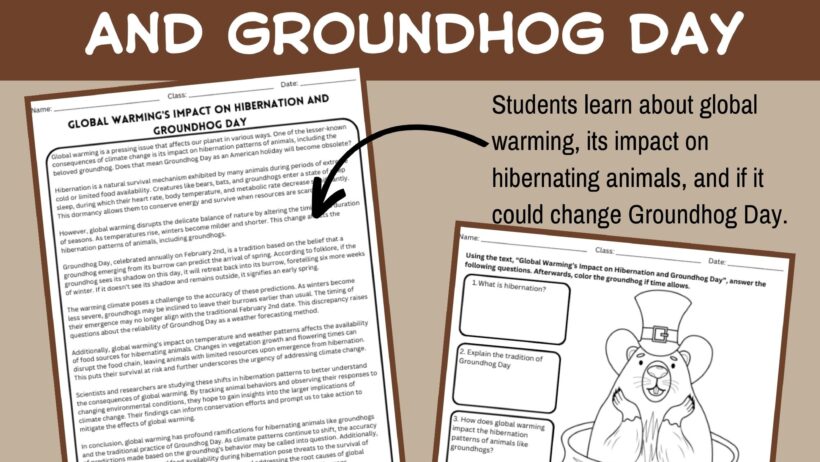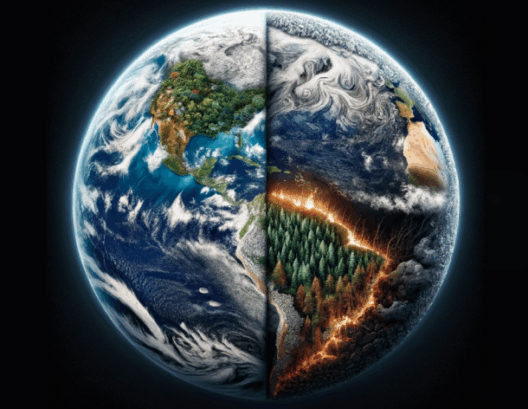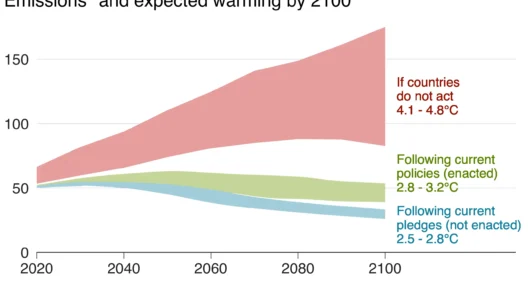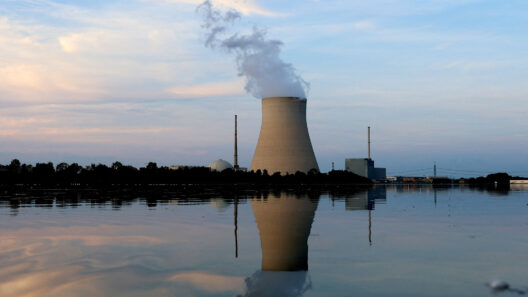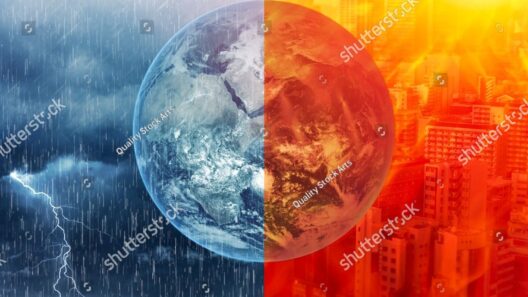Hibernation is a captivating survival strategy employed by numerous species, providing them with an adaptive mechanism to endure the rigors of unfavorable climatic conditions. Traditionally, the phenomenon of hibernation is associated with cold, harsh winters, prompting creatures like bears, groundhogs, and some bats to enter a state of deep metabolic dormancy. However, as global temperatures fluctuate due to climate change, the intricate balance that has dictated the natural rhythms of these animals is being disrupted. This article explores the profound implications of global warming on hibernation patterns and the broader ecological ramifications of these alterations.
The biology of hibernation is complex and remarkable. During hibernation, an animal’s metabolic rate significantly decreases, resulting in lowered heart rate and body temperature. This physiological adaptation allows animals to conserve energy when food sources are scarce. Nonetheless, this incredibly efficient survival strategy is not without its vulnerabilities. With the onset of climate change, the very cues that trigger hibernation—such as temperature drops and shorter daylight hours—are becoming increasingly unreliable.
One of the most noteworthy observations regarding disrupted hibernation patterns is the phenomenon known as “premature awakening.” As winters become milder, certain species are emerging from hibernation too early, only to find their food sources have not yet re-emerged. Groundhogs, for instance, are recognized for their predictive abilities regarding the arrival of spring. Their traditional hibernation cycles are being pushed forward, causing them to wake when the environment is still inhospitable. Such misalignment poses dire consequences for their survival.
Moreover, these premature awakenings do not only affect individual animals; they reverberate throughout entire ecosystems. When hibernating species emerge too soon, they inadvertently disrupt the delicate interdependent relationships within their habitats. For example, the timing of flowering plants and insect availability is tightly linked to seasonal temperatures. If an animal emerges from hibernation before sufficient nutrition is available, it can lead to diminished population sizes, affecting predator-prey dynamics, and ultimately causing cascading ecological effects.
Climate change alters not just the timing but also the extent of the hibernation period. Some species may face prolonged periods of inactivity as they struggle to adapt to variable weather patterns. The red squirrel, known for its caching behavior, is an example of a species that has had to adapt its hibernation strategy in response to changing climatic conditions. This shifting behavior towards shorter hibernation periods results in higher competition for resources when they are readily available, underscoring the complex interplay of factors that climate change introduces into these ecosystems.
Furthermore, the impact of global warming manifests in physiological changes among hibernating species. Research indicates that altered temperature regimes can influence reproductive timings and success rates, compounding the challenge that animals face. For mammals like the fat-tailed dwarf lemur in Madagascar—one of the few primate species that hibernate—their hibernation periods are influenced by both temperature and humidity levels. As changes in these variables occur due to climate shifts, the timing of their reproductive cycles is thrown into disarray, leading to potential declines in population stability.
Transitions into and out of hibernation are also delicate periods for animals. Hibernators must rely on stored body fat accumulated before their hibernation begins. If climate change disrupts the availability of food during the critical pre-hibernation season, these animals may enter their hibernation phase in a state of energy deficit. Such deficits can have long-term consequences on their health and reproductive potential, increasing vulnerability to predation and disease upon awakening. The broader implications of these changes could lead species toward the brink of extinction if the current trends continue unabated.
The phenomenon of climate-induced hibernation disruption extends beyond terrestrial mammals; it also influences various amphibian and reptilian species. Many of these creatures utilize hibernation-like states known as brumation, where metabolic rates decrease in response to environmental cues. As, amphibians such as frogs and toads struggle with altered temperature patterns, their migratory and reproductive behaviors can also become misaligned. Such mismatches create a ripple effect that can jeopardize the survival of entire populations.
Global warming’s impact on hibernation is a tangible example of how interconnected and vulnerable ecosystems are to climate change. To effectively address these emerging challenges, it is imperative that scientists continue to monitor hibernating species and advocate for the conservation of their habitats. By understanding how hibernation patterns are changing, we can develop strategies to mitigate the adverse effects of climate change on these vulnerable populations.
In conclusion, the disruption of hibernation patterns by global warming is a multifaceted issue that has far-reaching environmental consequences. As animals are pushed out of sync with their ecosystems, the cascading effects can amplify challenges not only for the species directly affected but for entire ecosystems. Comprehensive research and conservation efforts must be prioritized to ensure that these complex relationships remain intact in the face of encroaching climatic change. The continued health and viability of hibernating species are central components of biodiversity, and their preservation is vital for maintaining ecological balance in our rapidly changing world.


